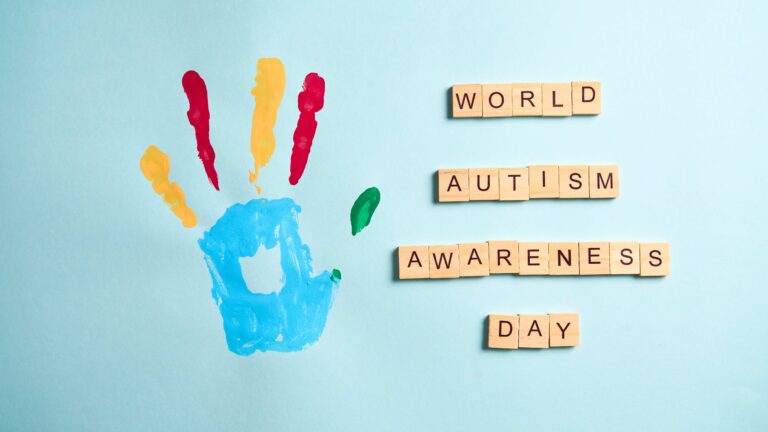Do I have autism?
With the increasing recognition of autism’s place within the broad spectrum of human development, an expanding number of individuals are beginning to contemplate their own experiences in relation to this condition. They often find themselves pondering, “Do I have autism?” Responding to this inquiry necessitates undergoing a comprehensive evaluation conducted by certified healthcare professionals. Nevertheless, prior to seeking out a formal diagnosis, it’s crucial to have an understanding of the distinct autism spectrum traits to recognize these characteristics either in oneself or in loved ones.
In this insightful blog by ABA Centers of Rhode Island, we aim to unravel the intricate autism spectrum traits, offering those in search of answers a clearer perspective on the indicators that may be present in their development or in that of family members. We will also underscore the critical role that early detection and intervention, mainly through Applied Behavior Analysis (ABA), play in mitigating the challenges faced by individuals on the autism spectrum, thereby enhancing their overall development. This exploration not only aids in self-reflection but also emphasizes the value of awareness and timely action in addressing autism signs.
Initiating Your Journey to Understanding Autism
Before questioning whether you or someone close to you might have autism, gaining a foundational understanding of this neurodevelopmental condition is paramount. With the progression of scientific research into the human brain and developmental psychology, our comprehension of autism has significantly deepened over time.
Autism Spectrum Disorder (ASD) represents a challenge for many individuals, with diagnoses increasingly common in recent years. The latest research from 2020 by the Centers for Disease Control and Prevention reports that 1 in 36 8-year-old children in the United States are diagnosed with autism, highlighting its prevalence.
Exploring the Nature of the Disorder
ASD is a developmental disorder that involves a wide range of autism spectrum traits, differing in severity from one individual to another. It’s essential to recognize that autism manifests uniquely across individuals; each person with autism exhibits distinct strengths and faces various challenges. Therefore, labeling autism merely as a disease overlooks the uniqueness of each case.
Autism as Part of Neurodiversity
The concept of neurodiversity acknowledges the natural and widespread neurological variations among people, including autism. These differences highlight the rich diversity in thought processes, learning methods, and information processing. Autism researchers recognize autism as a developmental disorder rather than a disease, and there is currently no cure for it. However, interventions such as Applied Behavior Analysis (ABA) therapy are available to support individuals with neurodiverse conditions, fostering acceptance and celebrating differences.
Unraveling the Causes
Despite ongoing advancements in autism research, the exact causes remain elusive, necessitating further study. Current findings suggest that a combination of genetic factors and environmental influences contributes to the development of autism, with specific genetic mutations potentially increasing the risk.
The Critical Role of Early Intervention
Early intervention is crucial in managing autism. During the early stages of life, the brain exhibits a higher degree of neuroplasticity, offering significant advantages for individuals with autism. Early intervention can enhance the acquisition of communication and social skills and improve behavior management, facilitating better integration of individuals with autism into their communities. The importance of early intervention highlights the importance of acknowledging and understanding autism spectrum traits.
Exploring Autism Spectrum Traits: Do I Have Autism?
Individuals with autism often perceive the world distinctly, finding it challenging to mesh with the routines and social dynamics of their neurotypical counterparts. If you’re pondering, “Do I have autism?” a good starting point is to familiarize yourself with autism spectrum traits:
- Social Interaction Challenges: A hallmark of autism includes difficulties in fundamental social exchanges. Individuals may struggle with maintaining eye contact, deciphering social cues, interpreting body language, and establishing connections with others.
- Communication Hurdles: A prominent indicator of autism is the challenge of expressing oneself. Those with ASD may find it taxing to communicate, participate in conversations, use verbal language effectively, and frequently repeat phrases.
- Repetitive Behaviors: A common observation in autism is repetitive motions, such as hand-flapping or rocking, and a rigorous adherence to routines. Any deviation from these routines can cause significant distress.
- Heightened Sensitivity to Sensory Input: Among the autism spectrum traits, the Texas Health and Human Serviceshighlights the unusual sensitivity to sensory stimuli like sounds, lights, textures, and others that may go unnoticed by neurotypical individuals, emphasizing the unique sensory experiences of those on the spectrum.
- Intense Focus on Specific Interests: It’s typical for individuals with ASD to exhibit a profound fascination with particular subjects, dedicating extensive periods to discussing or researching these areas of interest. Shifting focus from these passions can take a lot of work.
These are some prevalent autism spectrum traits. Nonetheless, the presence of these characteristics alone does not definitively place an individual within the spectrum. For a precise diagnosis, a formal assessment by a certified professional is crucial. If you recognize these traits in yourself or your loved one and you are concerned, we recommend consulting a healthcare provider.
Enhancing Autism Support with ABA Therapy
Securing an official autism diagnosis marks the beginning of accessing appropriate support and resources. Understanding autism spectrum traits plays a crucial role in identifying effective strategies to enhance day-to-day living through chosen care methodologies.
Among various interventions for addressing the complexities associated with autism spectrum traits, applied behavior analysis is highly recommended by professionals. This therapeutic approach is thoroughly individualized, concentrating on the distinct requirements of each person. ABA therapy aims to decode the reasons behind certain behaviors and devise strategies to foster positive behaviors while developing vital life skills beneficial for individuals with autism.
Unique in its focus, ABA therapy explicitly tailors its approach to meet the needs of those on the autism spectrum. It encompasses a range of principles and techniques that offer support and promote learning under the guidance of accredited professionals.
Incorporating ABA therapy into a comprehensive care strategy allows individuals with autism to receive customized support. This approach not only enhances their capability to engage effectively with their surroundings but also empowers them to flourish in their daily lives.
ABA Centers of Rhode Island: Premier Provider of ABA Therapy
Identifying autism spectrum traits is a vital initial step toward understanding and navigating the intricacies of autism. Should you recognize any of the autism signs outlined in this guide and suspect that either you or a loved one might be on the autism spectrum, ABA Centers of Rhode Island stands ready to assist.
Explore our comprehensive range of support services, including autism evaluation and diagnosis, early intervention, and tailor-made ABA therapy for individuals of all ages—children, adolescents, and adults. Our mission is to provide comprehensive support for the neurodiverse community, and we are committed to guiding you through the complexities associated with autism spectrum traits.
For expert advice and support on autism, reach out to us today by calling (844) 444-7496 or via our online contact form.








